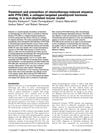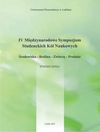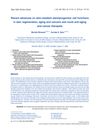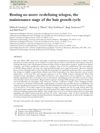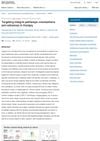Structures of Three Polycystic Kidney Disease-Like Domains from Clostridium Histolyticum Collagenases ColG and ColH
February 2015
in “
Acta Crystallographica Section D: Structural Biology
”
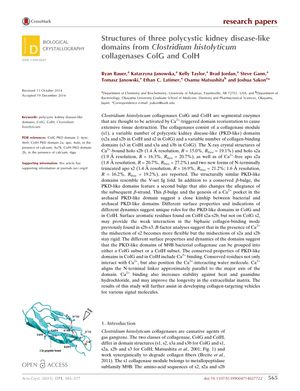
TLDR The study concludes that certain domains in Clostridium histolyticum enzymes are structurally unique, bind calcium to become more stable, and play distinct roles in breaking down collagen, with potential applications in medicine and drug delivery.
The document reports on the study of the X-ray crystal structures of polycystic kidney disease-like (PKD-like) domains from Clostridium histolyticum collagenases ColG and ColH. These structures are thought to be involved in calcium (Ca²+)-triggered domain reorientation that leads to tissue destruction. The study reveals that the PKD-like domains are structurally similar to the V-set Ig fold and have conserved β-bulges that may influence the subsequent β-strand. It also shows that Ca²+ binding increases the stability of these domains, which could enhance their longevity in the extracellular matrix. The findings suggest that bacterial and archaeal PKD-like domains are closely related and that the domains in ColG and ColH have unique surface properties and dynamics, indicating distinct roles in collagen binding and degradation. This research could help in the development of collagen-targeting vehicles for signal molecules and has implications for therapeutic applications, such as treating Dupuytren's contracture and pancreatic islet isolation, as well as potential use in drug delivery.
